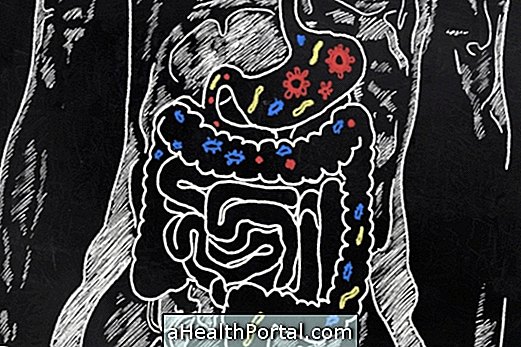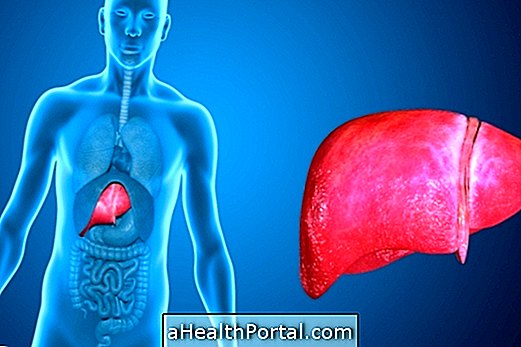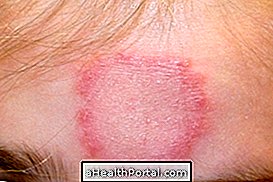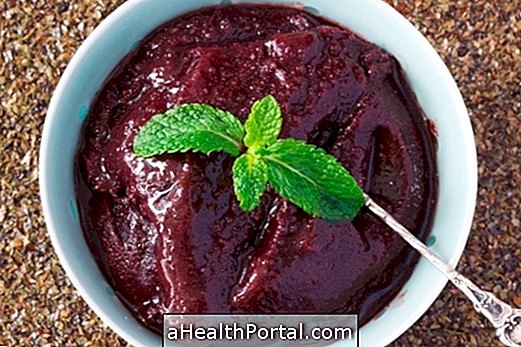The duodenal ulcer is a small wound that appears in the duodenum, which is the first part of the intestine, which connects directly into the stomach. The ulcer usually develops in people who have been infected with the H. pylori bacterium, which removes the mucosal protection of the stomach and causes inflammation of the wall of the duodenum.
The most common symptoms of this type of ulcer usually include constant pain in the stomach, nausea and frequent urge to vomit, which worsen after meals or when you stay a long time without eating.
Ulcer in the duodenum may also be known as a peptic ulcer, which is used to describe any type of ulcer that appears in the stomach or duodenum. People who have ulcers in both the stomach and duodenum usually have the diagnosis of peptic ulcer disease.
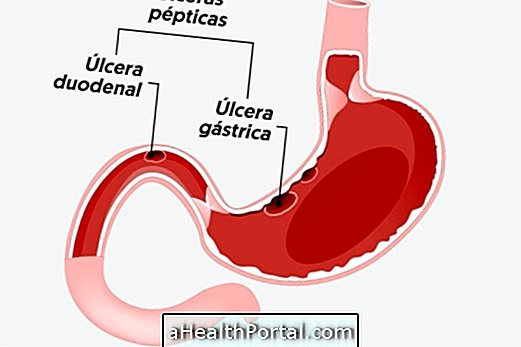
Main symptoms
Duodenal ulcer usually causes symptoms such as:
- Constant pain in the stomach, especially in the form of burning;
- Burning in the throat;
- Feeling of a full or swollen stomach;
- Difficulty in digesting fatty foods;
- Drowsiness and constant urge to vomit;
- Weight loss.
These symptoms can worsen after very heavy meals due to the increase of acid in the stomach but can also be aggravated when you stay a long time without eating as there are no foods in the stomach to protect the walls against the action of gastric acid.
In addition to the symptoms presented, when the ulcer is very developed, other more serious signs may appear, such as very severe pain that does not improve, vomiting with blood or stools that are very dark and foul smelling. This usually indicates that the ulcer is bleeding and that if the treatment is not done quickly, a perforation may occur. See other symptoms that may indicate a digestive hemorrhage.
How to confirm the diagnosis
The best way to confirm the presence of a duodenal ulcer is to see a gastroenterologist. The doctor usually evaluates the symptoms presented and the history of the patient, however, it is common to require diagnostic tests, such as digestive endoscopy, to confirm the presence of the ulcer and to investigate if there is any other type of ulcer in the stomach.
In addition, endoscopy also allows a biopsy, in which a piece of tissue is removed from the ulcer and sent to the laboratory, to try to identify if there is any bacteria that is causing an infection.
See how endoscopy is done and how to prepare for the exam.
What causes duodenal ulcer
The onset of duodenal ulcer occurs due to the action of gastric acid on the wall of the stomach and intestine. Although in most people this wall has a natural protection of mucus, when H. pylori infection is present, for example, this mucus is reduced and, therefore, the acid acts directly on the walls of the intestine and the stomach, at.
Although H. pylori infection is the most common cause, natural protection of the stomach may also be decreased in people who frequently take anti-inflammatories, such as Ibuprofen and Aspirin, as well as people who smoke, drink alcohol very often or suffer from constant stress.
How is the treatment done?
Treatment is usually initiated with the use of an antacid remedy or a gastric mucosal protector, such as Omeprazole, for example. These remedies should be ingested fasting and help protect the stomach and bowel wall, allowing the duodenal ulcer to heal.
However, if a H. pylori infection is identified after the biopsy, the doctor will also prescribe 2 types of antibiotics that should be taken according to the guidelines to ensure that the bacteria is eliminated. If the use of any medication is at the origin of the ulcer, it is recommended to use this medicine.
In addition, it is further advised to make a diet more adapted to decrease inflammation of the stomach and relieve symptoms. Some general guidelines include avoiding industrialized products, reducing the amount of fat and not ingesting soft drinks, for example. See all you can eat and what not to eat.


